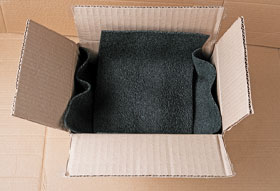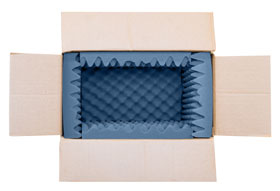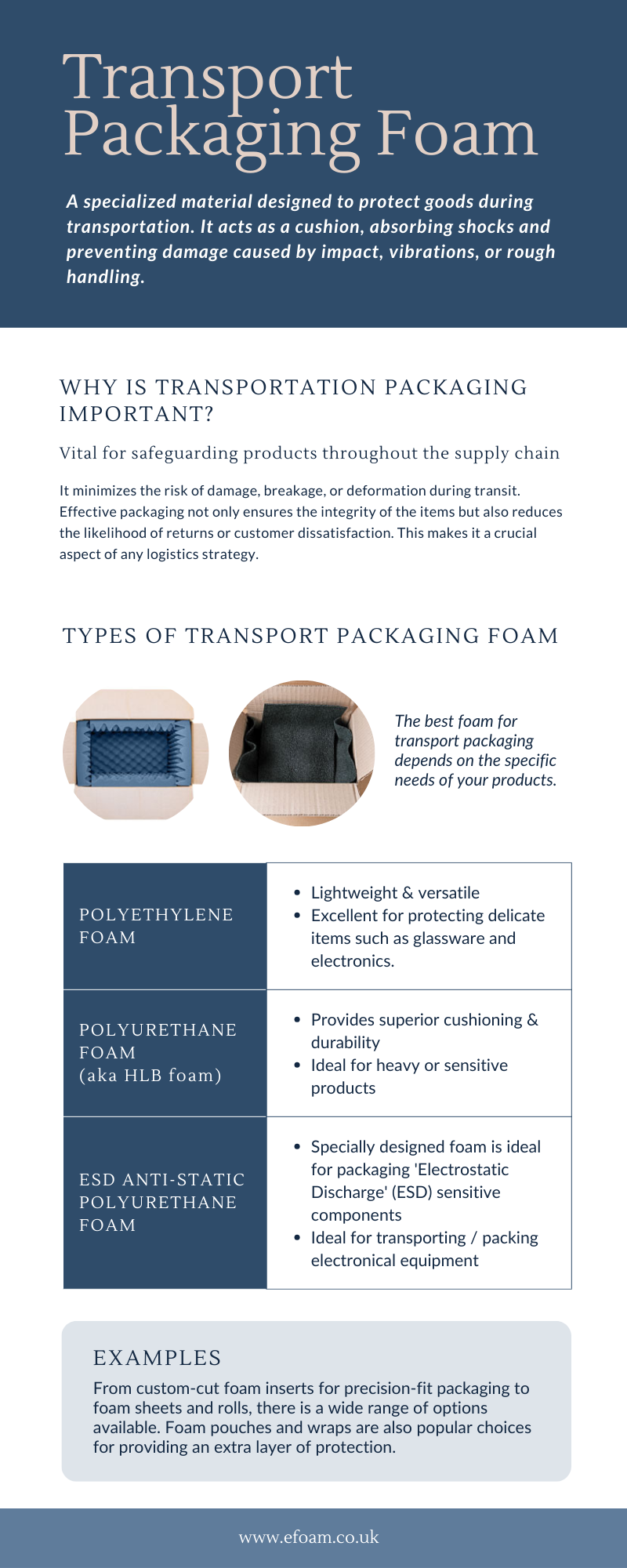
Your Guide to Transport Packaging Foam

What is Transport Packaging Foam?
Transport packaging foam is a specialized material designed to protect goods during transportation. It acts as a cushion, absorbing shocks and preventing damage caused by impact, vibrations, or rough handling. This versatile material comes in various forms, each catering to specific packaging needs.
Why is Transportation Packaging Important?
Transportation packaging is vital for safeguarding products throughout the supply chain. It minimizes the risk of damage, breakage, or deformation during transit. Effective packaging not only ensures the integrity of the items but also reduces the likelihood of returns or customer dissatisfaction. This makes it a crucial aspect of any logistics strategy.
Types of Transport Packaging Foam
There are several types of transport packaging foam, each tailored to different requirements. Common types include:
- Polyethylene Foam: Lightweight and versatile, polyethylene foam is excellent for protecting delicate items such as glassware and electronics.
- Polyurethane Foam: Known for its high-density structure, polyurethane packaging foam (also known as HLB foam) provides superior cushioning and durability, making it ideal for heavy or sensitive products.
- ESD Anti-static Polyurethane Foam: A specially formulated foam product suitable for transporting / packing electronical equipment. This specially designed foam is ideal for packaging ‘Electrostatic Discharge’ (ESD) sensitive components.
Examples of Transportation Packaging Foam

From custom-cut foam inserts for precision-fit packaging to foam sheets and rolls, there is a wide range of options available. Foam pouches and wraps are also popular choices for providing an extra layer of protection.
What Materials are Used in Transport Packaging?
Transport packaging foam is typically made from materials like polyethylene, polyurethane, and expanded polystyrene. These materials are chosen for their lightweight properties, shock-absorbing capabilities, and versatility in accommodating various shapes and sizes.
What is the Best Foam for Transport Packaging?
The best foam for transport packaging depends on the specific needs of your products. Polyethylene foam is excellent for lightweight and delicate items, while polyurethane foam provides heavy-duty protection. Consider the fragility, weight, and dimensions of your goods to determine the most suitable foam type.
In conclusion, understanding the nuances of transport packaging foam is essential for ensuring the safe delivery of your products. By choosing the right foam type and following best practices, you can enhance the protection of your goods and streamline your supply chain.
Industry Stats
The transport packaging market is expected to generate US$ 26.25 billion in revenue in 2022. The market is anticipated to grow at a CAGR of 5% to reach US$ 42.76 billion by 2032.
Many manufacturers are also focusing on creating recyclable foam made of eco-friendly fibres to replace polymer foams and provide brand owners with sustainable packaging options.
Source:
https://www.futuremarketinsights.com/reports/transport-packaging-market
New Innovation
Reusable or returnable transport packaging offers sustainable, cost-effective solutions by replacing traditional single-use materials with durable alternatives that can be cycled multiple times. As outlined by Nefab, returnable packaging helps companies reduce waste, improve operational efficiency, and cut costs by using materials like steel racks, crates, or plastic containers. The environmental benefits are significant, as this approach minimizes waste and reduces CO2 emissions.
Similarly, Dispatch Goods highlights that returnable packaging can increase profitability by lowering long-term costs, especially in logistics, where the expense of continuous disposable packaging adds up over time.
Source:
https://www.nefab.com/solutions/packaging-solutions/packaging-requirements/returnable-packaging/ https://dispatchgoods.com/blog/returnable-packaging-more-profitable


